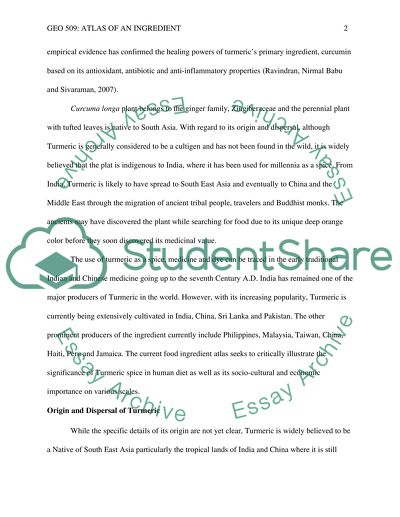Cite this document
(“Geography/atlas of an ingredient Research Paper”, n.d.)
Geography/atlas of an ingredient Research Paper. Retrieved from https://studentshare.org/geography/1662033-geographyatlas-of-an-ingredient
Geography/atlas of an ingredient Research Paper. Retrieved from https://studentshare.org/geography/1662033-geographyatlas-of-an-ingredient
(Geography/Atlas of an Ingredient Research Paper)
Geography/Atlas of an Ingredient Research Paper. https://studentshare.org/geography/1662033-geographyatlas-of-an-ingredient.
Geography/Atlas of an Ingredient Research Paper. https://studentshare.org/geography/1662033-geographyatlas-of-an-ingredient.
“Geography/Atlas of an Ingredient Research Paper”, n.d. https://studentshare.org/geography/1662033-geographyatlas-of-an-ingredient.


